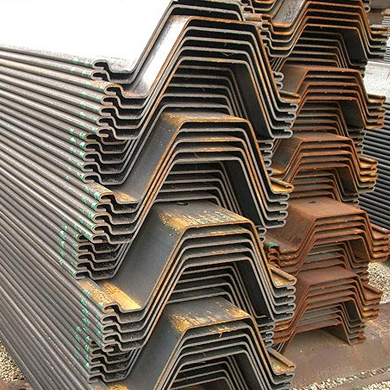- Mail Us On
- info@haryanasteel.com
- FOR BEST QUOTE
- +91-9311403388
Infrastructure & Facilities
Efficient Distributor Network
In a supply chain, a distribution network is an interconnected group of storage facilities and transportation systems that receive inventories of goods and then deliver them to customers. It is an intermediate point to get products from the manufacturer to the end customer, either directly or through a retail network. A fast and reliable distribution network is essential in today's instant gratification society of consumers.
Location to the customer and infrastructure quality are two of the most important aspects of a distribution network.
There are many types of distribution networks, such as a hub-and-spoke or decentralized, that work best for different types of products.
For the entire distribution network, a company must plan out needs for equipment, workers, information technology systems, and transportation fleets. The company must determine whether a hub-and-spoke distribution network is right for its business or a decentralized network.
Distribution networks come at the post-manufacturing part of a supply chain, the flow of goods and services, and include all stages that deliver final products into the hands of consumers.

Warehousing & Packaging & Timely Delivery
Our spacious warehousing facilities enable us to store the procured products and deliver promptly with the demand of the clients. The warehouses are free from influencing factors like temperature, corrosion and other storehouse conditions.
In addition to this, we also have a packaging unit, which helps us in packing the products using qualitative materials like wooden boxes and polythene sheets. This helps us to protect our products from any kind of wear and tear during the transit period. All these factors help us to deliver the products within the desired schedule time to client's destination.








